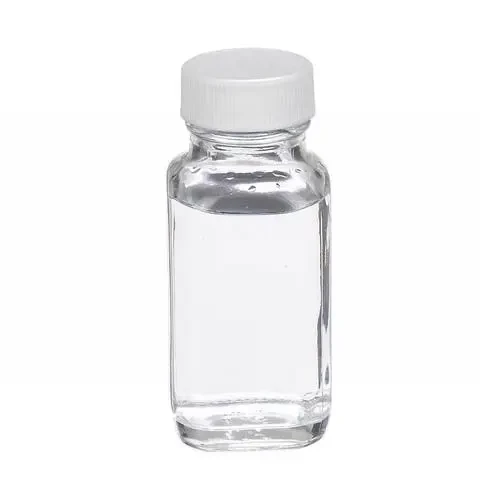Understanding Diethylene Glycol Diformate Properties and Applications
Diethylene glycol diformate (DEGDF) is a versatile chemical compound that has garnered significant attention in various industrial applications. This article explores the properties, synthesis, and key applications of DEGDF, highlighting its importance in modern chemistry.
Chemical Properties
Diethylene glycol diformate is an ester, derived from the reaction between diethylene glycol and formic acid. The resulting compound has a molecular formula of C₆H₁₄O₄ and a molecular weight of approximately 174.18 g/mol. DEGDF is characterized by its clear, colorless liquid form, with a slightly sweet odor. Its solubility in water, along with its compatibility with a variety of organic solvents, makes it an ideal candidate for numerous applications.
One of the most notable features of DEGDF is its low volatility, which contributes to its stability under a wide range of conditions. This property is particularly valuable in applications where exposure to air and moisture can lead to the degradation of less stable compounds. Additionally, DEGDF possesses excellent thermal and chemical stability, making it effective in high-temperature processes.
Synthesis
The synthesis of diethylene glycol diformate typically involves a two-step process. Initially, diethylene glycol is reacted with formic acid under controlled conditions, often in the presence of a catalyst to accelerate the reaction. This step results in the formation of monoformate esters. Subsequently, the monoformate esters undergo further esterification to yield diethylene glycol diformate.
This synthetic route is advantageous as it allows for the production of DEGDF in relatively high yields and purity. By adjusting reaction parameters such as temperature, pressure, and catalyst type, manufacturers can effectively optimize the synthesis process to suit specific requirements.
Applications
1. Solvent in Chemical Processes
diethylene glycol diformate

One of the primary applications of diethylene glycol diformate is as a solvent in various chemical processes. Its ability to dissolve a wide range of organic and inorganic substances makes it a valuable resource in industries such as pharmaceuticals, cosmetics, and coatings. DEGDF can effectively solubilize active ingredients, ensuring uniform dispersion in formulations, which is essential for achieving consistent product performance.
2. Intermediate in Polymer Production
DEGDF is also extensively used as an intermediate in the synthesis of polymers and resins. Its structure allows it to act as a multifunctional monomer, participating in polymerization reactions. This property makes it particularly useful in producing polyurethane and polyester resins, which are integral components in coatings, adhesives, and structural materials. The introduction of DEGDF into polymer formulations can enhance properties such as flexibility, durability, and resistance to environmental stressors.
3. Plasticizer
In the plastic industry, diethylene glycol diformate serves as an efficient plasticizer. By integrating DEGDF into plastic formulations, manufacturers can improve the material's workability and flexibility. This is particularly advantageous in applications requiring moldable or flexible products, such as films, packaging materials, and automotive components.
4. Additive in Agriculture
Moreover, DEGDF finds applications in agriculture as an additive in formulations of herbicides and pesticides. Its solvent properties allow for better mixing and dispersion of active agricultural chemicals, enhancing their efficacy and accessibility. As the global demand for efficient agricultural practices continues to rise, the role of additives like DEGDF becomes increasingly vital in developing sustainable and effective solutions.
Conclusion
Diethylene glycol diformate is a significant chemical compound with diverse applications across various industries. Its unique properties, including low volatility, excellent solubility, and stability, make it a valuable resource in the production of solvents, polymers, plasticizers, and agricultural additives. As research and development in chemistry continue to evolve, the potential for finding new uses for DEGDF is vast, promising advancements that can contribute to a sustainable future in industry and innovation. With its multifaceted applications, diethylene glycol diformate undoubtedly holds a prominent place in modern chemical practices, driving progress and enhancing product performance across the board.

